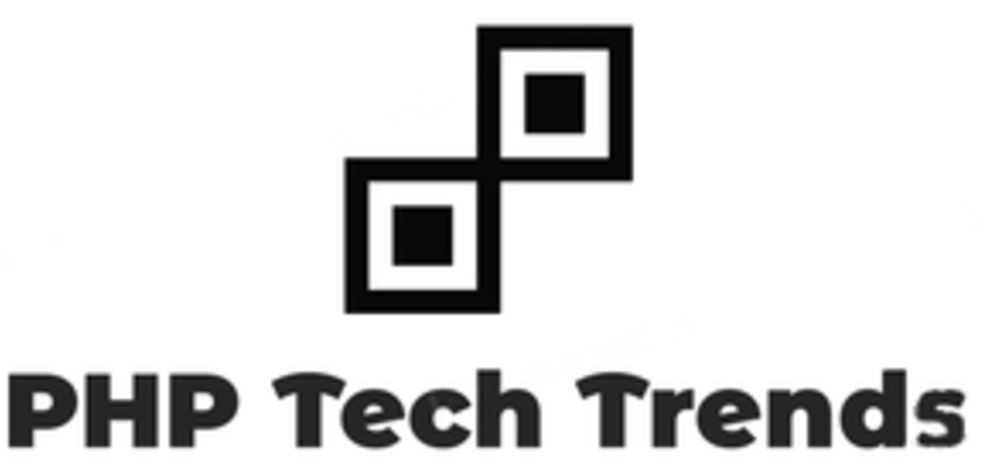Welcome to the world of PHP CMS, where content organization reigns supreme! In today’s fast-paced digital age, having an efficient system for managing and organizing your website’s content is crucial. It not only enhances user experience but also makes it easier for search engines to crawl and index your pages. But why settle for basic content organization techniques when you can take it up a notch with advanced strategies?
In this blog post, we’ll explore the benefits of using advanced content organization techniques in PHP CMS and how they can elevate your website to new heights. So buckle up and get ready to revolutionize the way you organize and showcase your valuable content!
Benefits of using advanced content organization techniques
Organizing content effectively is crucial for any website, especially those built on PHP CMS platforms. With advanced content organization techniques, you can take your website to the next level and reap numerous benefits.
One major advantage of using advanced content organization techniques is improved user experience. By categorizing and tagging your content appropriately, you make it easier for visitors to navigate through your site and find exactly what they are looking for. This leads to increased engagement and satisfaction.
Flexible custom field options also play a significant role in enhancing the functionality of your website. With these options, you have the freedom to add custom fields specific to your needs, allowing you to store additional information about each piece of content. This flexibility empowers you to create unique layouts and display relevant details in an organized manner.
Content versioning and workflow management features provide another set of benefits when it comes to managing your website’s content efficiently. These capabilities allow multiple users or teams within an organization to collaborate seamlessly while maintaining control over the approval process before publishing changes live. It ensures that only quality content goes live while reducing the risk of errors or conflicts during updates.
Integration with third-party applications is yet another benefit offered by advanced content organization techniques in PHP CMS platforms. You can easily connect various tools like social media management systems, analytics platforms, or e-commerce solutions with your CMS, enabling seamless data transfer between them. This integration streamlines processes and enhances overall efficiency.
Utilizing advanced content organization techniques in PHP CMS brings several advantages such as improved user experience through effective categorization and tagging; enhanced functionality with flexible custom field options, efficient workflow management via versioning features; streamlined processes through integration with third-party applications.
Categorization and Tagging
Categorization and tagging are essential components of advanced content organization techniques in PHP CMS. These features help to organize and classify content, making it easier for users to navigate through a website.
By categorizing content into different sections or topics, visitors can quickly find the information they are looking for. For example, a news website might have categories such as politics, sports, entertainment, etc., allowing readers to easily filter articles based on their interests.
Tagging takes organization a step further by adding descriptive keywords to individual pieces of content. This allows for more specific classification and enables users to discover related articles that share common tags.
The beauty of these techniques lies in their flexibility. Website administrators can create custom categories and tags that suit their unique needs. They can also assign multiple categories or tags to a single piece of content, ensuring it is accurately classified from various perspectives.
Categorization and tagging not only benefit website visitors but also improve search engine optimization (SEO). Search engines like Google consider well-organized content with relevant categories and tags as more valuable and user-friendly.
Implementing effective categorization and tagging systems enhances the overall user experience by facilitating easy navigation and providing relevant recommendations. It also boosts SEO efforts by improving the visibility of your content online. So don’t overlook these powerful tools when organizing your PHP CMS-based website!
Flexible Custom Field Options
Flexible Custom Field Options are a powerful feature in PHP CMS that allows website administrators to customize and organize their content in unique ways. With this functionality, you can create custom fields tailored to your specific needs, whether it’s adding additional information to a product page or creating customized forms for user submissions.
One of the biggest benefits of flexible custom field options is that they provide endless possibilities for organizing and presenting your content. You can easily add fields such as checkboxes, dropdown menus, text areas, and more to capture important data related to your content. This allows you to have complete control over how you structure and display information on your website.
Another advantage of flexible custom field options is the ability to reuse them across different pages or sections of your site. Instead of manually entering the same information repeatedly, you can simply select the pre-defined field option and populate it with relevant data. This not only saves time but also ensures consistency throughout your website.
These custom fields can be used for various purposes like filtering or sorting content based on specific criteria. For example, if you have an online store with products categorized by color, size, or price range – using flexible custom field options makes it easier for users to find exactly what they’re looking for by utilizing filters based on these parameters.
Incorporating flexible custom field options into your PHP CMS empowers you as a website administrator in terms of customization and organization of content. By leveraging this feature effectively ,you’ll be able to enhance user experiences while maintaining consistency throughout your site.
Content Versioning and Workflow Management
Content Versioning and Workflow Management is a crucial aspect of advanced content organization in PHP CMS. This feature allows website administrators to keep track of different versions of their content, making it easier to manage changes and updates.
With content versioning, you can create new drafts or revisions of your content before publishing them. This gives you the flexibility to experiment with different ideas and make improvements without affecting the live version. It also provides a safety net in case any mistakes are made during editing or updating.
Workflow management is another powerful tool that helps streamline the content creation process. It allows you to define specific roles and permissions for users involved in creating, reviewing, and approving content. By setting up an efficient workflow system, you can ensure that each step is properly executed before moving on to the next.
This level of control not only enhances collaboration among team members but also improves overall efficiency in managing large amounts of content. With clear guidelines and defined workflows, everyone knows their responsibilities and can work together seamlessly.
These features enable website administrators to maintain an organized archive of all published versions of their content. This makes it easy to revert back to previous versions if needed or compare changes over time.
Integration with Third Party Applications
One of the key features of advanced content organization techniques in PHP CMS is the ability to seamlessly integrate with third party applications. This opens up a world of possibilities for website owners, allowing them to extend their website’s functionality and create fully customized experiences for their users.
With integration capabilities, you can easily connect your PHP CMS with popular tools and platforms such as e-commerce systems, customer relationship management (CRM) software, email marketing services, analytics platforms, and more. This means that you can automate processes like syncing user data between your website and CRM or sending personalized emails based on user interactions.
By integrating your PHP CMS with external applications, you also have access to a wide range of additional features and functionalities that may not be available out-of-the-box. Whether it’s adding payment gateways for seamless online transactions or incorporating social media sharing options to amplify your content reach, integration allows you to enhance the overall performance and efficiency of your website.
Integration with third party applications saves time and effort by eliminating manual tasks that would otherwise consume valuable resources. Instead of manually transferring data between different systems or duplicating efforts across multiple platforms, everything can be streamlined through automated integrations. This not only improves productivity but also reduces the risk of errors or inconsistencies in data management.
Integration with third party applications is an essential aspect of advanced content organization techniques in PHP CMS. It empowers website owners to extend their websites’ capabilities beyond basic content management and provides access to a plethora of additional features from various external tools and platforms.
The importance of efficient content organization for a successful website
The importance of efficient content organization cannot be overstated when it comes to building a successful website. A well-organized CMS not only makes it easier for users to navigate and find the information they need, but also enhances the overall user experience.
By implementing advanced content organization techniques such as categorization and tagging, flexible custom field options, content versioning and workflow management, as well as integration with third-party applications, you can take your PHP CMS to the next level.
Categorization and tagging allow you to structure your content in a logical manner, making it easier for visitors to locate specific topics or articles. This helps improve search engine optimization (SEO) rankings by providing relevant keywords that search engines can index.
Content versioning and workflow management enable multiple users to collaborate on creating and editing content without conflicts or confusion. With proper version control, you can easily track changes made by different contributors, revert back to previous versions if needed, and ensure a smooth editorial process.
Advanced content organization techniques play a crucial role in optimizing the performance of your PHP CMS. By organizing your content effectively using categorization and tagging methods, incorporating flexible custom field options, implementing robust versioning capabilities and leveraging integration with external applications – you can elevate the user experience on your website while boosting its visibility in search engine results pages (SERPs). So take charge of organizing your digital assets today!

